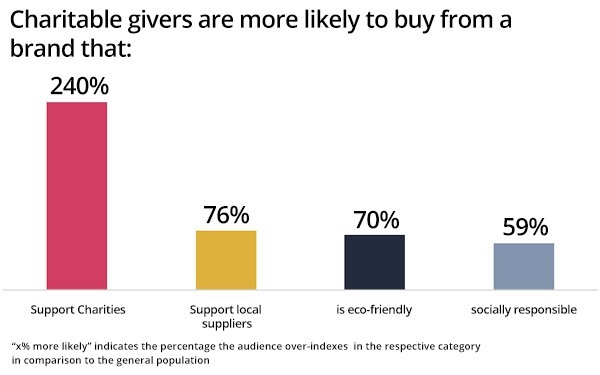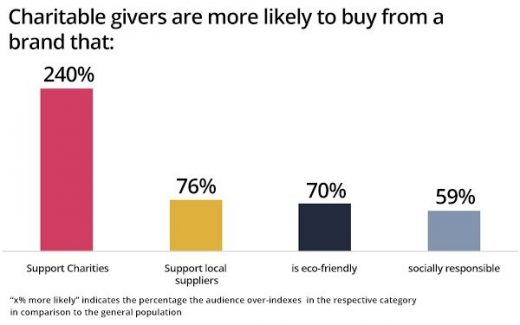Last-Minute Shopper vs. Bargain Hunter: Characteristics Shaping Messages
Last-Minute Shopper vs. Bargain Hunter: Characteristics Shaping Messages

Understanding consumer audiences is more than a strategic tactic when using omnichannel marketing and advertising techniques.
A recent report from Digilant, an omni-channel ad company, calls out four trends the company’s analysts believe will shape the 2021 holiday shopping season. Building from a dataset of more than 100,000 consumers, company analysts examined demographics, behaviors, and affinities of key shopper audiences.
Here’s what they found. Based on their data, 74.1% of ecommerce growth in 2020 came from the top 100 retailers. In 2021, ecommerce is expected to rise 11.3%, accounting for 18.9% of total holiday season retail sales, according to eMarketer.
Who are the key holiday shoppers in 2021? Digilant broke down its data to profile Last-Minute Shoppers, Social Media Shoppers, Charitable Givers, and Bargain Shoppers.
Last-Minute Shoppers are 28% more likely to use price comparison services, and 49% more likely to have used a company’s live-chat service on a web site when shopping. This group searches for products, not through a conventional search engine like Google or Bing, but through word-of-mouth recommendations from friends and family. They also turn to recommendations from bloggers and vloggers.
TV ads — especially those placed in on-demand and streaming content — reach Last-Minute Shoppers. Some 16% are more likely to watch online TV or stream TV for between four and six hours daily, and 24% more likely to interact with the online content related to TV shows.
While watching TV content, they are likely to search for the products or information they see on their mobile device or tablet. The best time to reach last-minute shoppers while watching TV is between 7:00 and 10:00 PM.
Last-Minute Shoppers also are 25% more likely to fall within the highest income bracket, 20% more likely to have postgraduate degrees, and 83% more likely to use an education-related app. Consumers in this group are 20% more likely to shop on eBay.
Social Shoppers are 42% more likely to be the first to try new things, 42% more likely to be a student, and 82% more likely to buy from a brand that helps improve their image or reputation.
Celebrities are trusted sources for social buyers, so much so that they are 174% more likely to buy from a brand that has celebrity or well-known endorsements.
They are 28% more likely to be a risk-taker, 25% more likely to be between the ages of 16 and 24, and 22.7% spend one to two hours on social media daily.
Charitable Givers are 48% more likely to go directly to a brand’s website to research products, and 3.5 times more likely to engage with brands that support charities. This group are inquisitive and like to research to get information directly from the source, so they are 48% more likely to go directly to a brand’s website to research products.
They also like to stay informed with brand updates and missions through social media, a tool they use for research and to stay up-to-date with current affairs.
They also are 24% more likely to be in the highest wealth group and are 30% more likely to spend one to two hours daily reading online sites like Time and Forbes. They are 240% more likely to buy from a brand that supports charities.
Bargain Hunters are 31% more likely to use a product comparison website to discover brands, and products and 31% more likely to buy from a brand that offers free delivery. They like to search and research to find the best deals on sites like Reddit, Yelp, and review blogs. They read customer feedback and reviews.
Some 31% are more likely to buy from brands offering free shipping, while 28% are more likely to buy from a brand that offers coupons and discounts, and 17% are more likely to advocate for brands when they have received excellent customer service.
(28)


